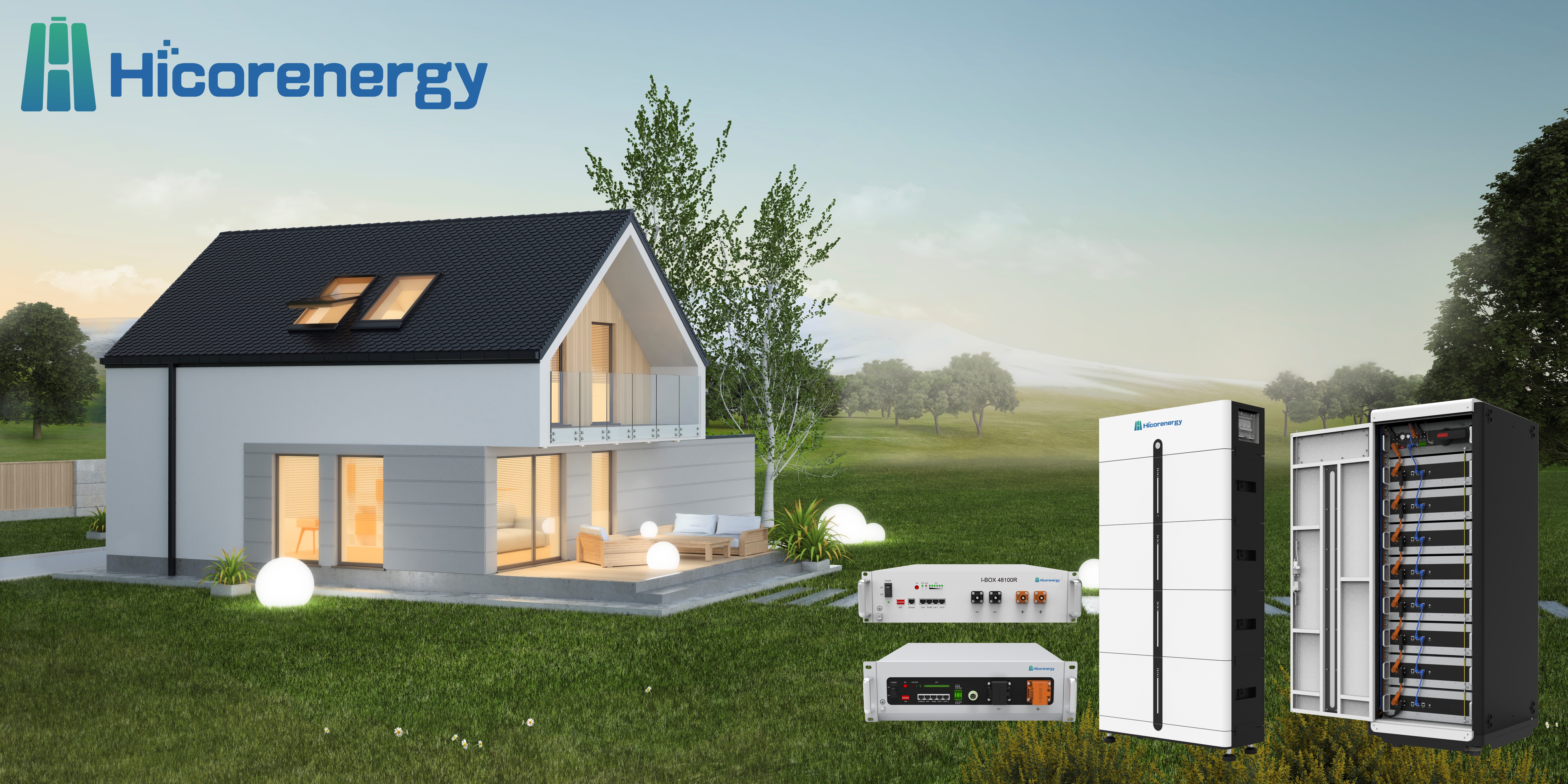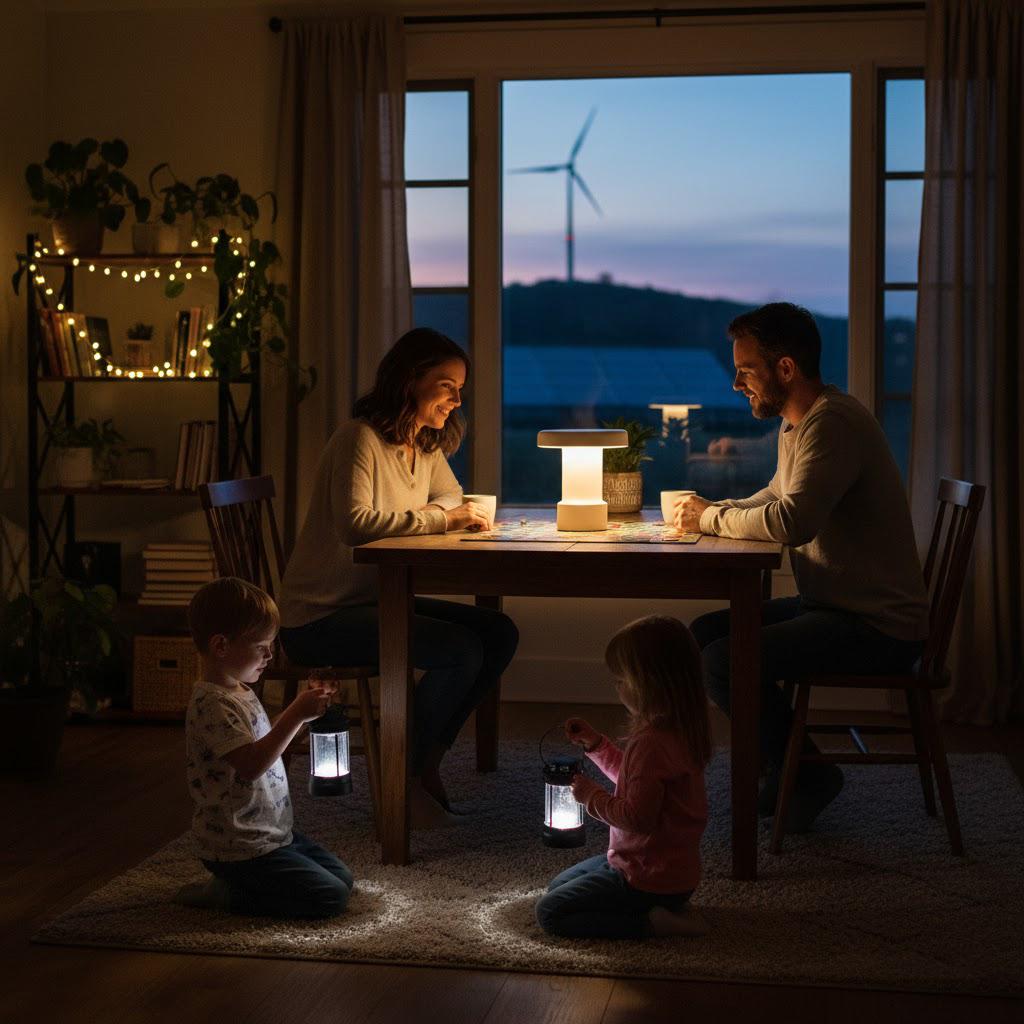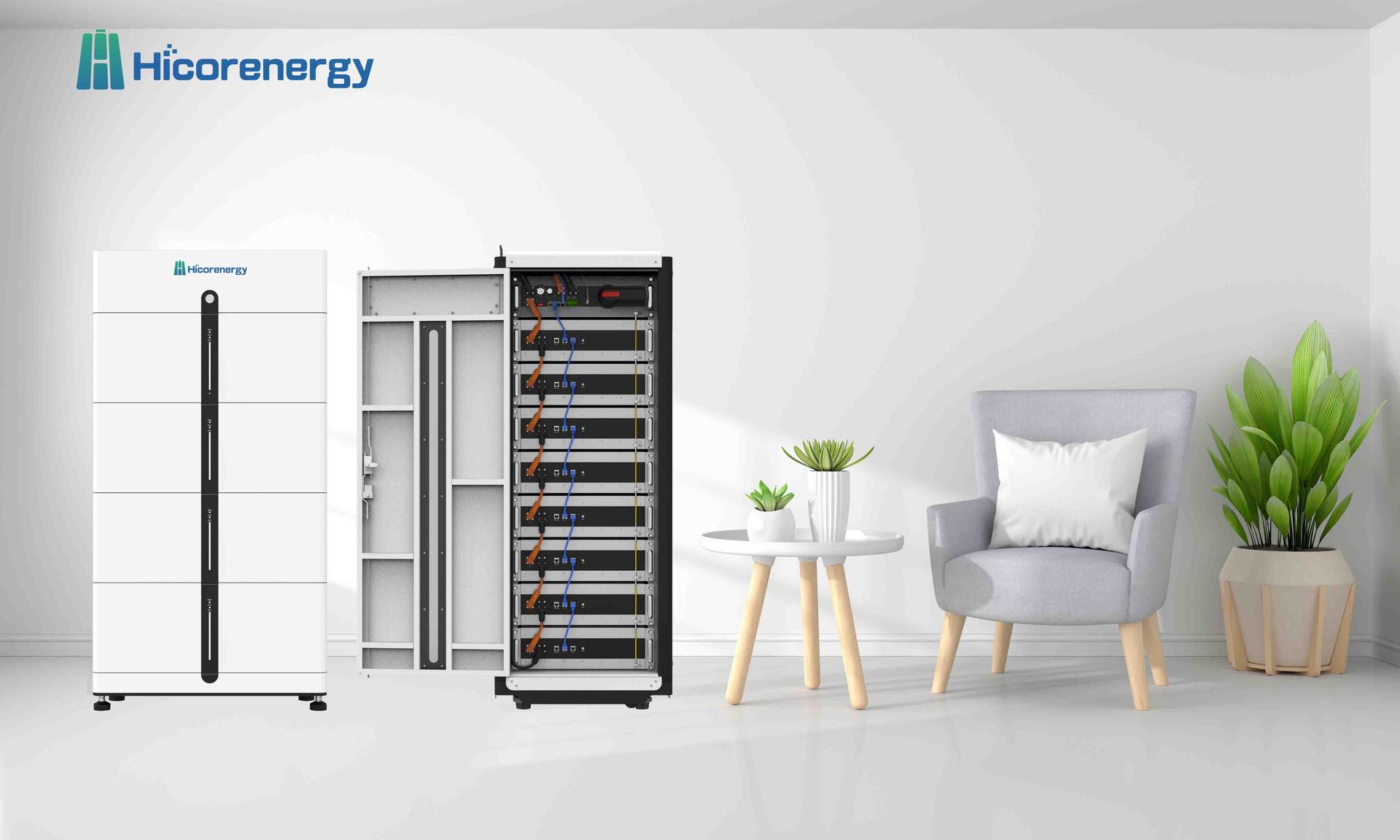 As Australia continues its ambitious journey towards a sustainable future, the conversation around energy is rapidly shifting. The focus is no longer just on generation but on intelligent management and storage. The role of energy storage Australia is becoming increasingly critical, acting as the linchpin that supports the nation's grid, enhances energy independence, and maximizes the benefits of our abundant natural resources. This transition is powered by innovation, with companies like Hicorenergy leading the charge by developing sophisticated solutions designed to meet the diverse needs of a modern, green economy and harness the full potential of renewable energy Australia.
As Australia continues its ambitious journey towards a sustainable future, the conversation around energy is rapidly shifting. The focus is no longer just on generation but on intelligent management and storage. The role of energy storage Australia is becoming increasingly critical, acting as the linchpin that supports the nation's grid, enhances energy independence, and maximizes the benefits of our abundant natural resources. This transition is powered by innovation, with companies like Hicorenergy leading the charge by developing sophisticated solutions designed to meet the diverse needs of a modern, green economy and harness the full potential of renewable energy Australia.
The Renewable Revolution Down Under
Australia is a global leader in the adoption of solar and wind power, with rooftops and vast landscapes increasingly dotted with panels and turbines. However, the intermittent nature of these sources—the sun doesn't always shine, and the wind doesn't always blow—presents a significant challenge for grid stability. This is where advanced energy storage systems become indispensable. They capture excess energy generated during peak production times and release it when demand is high or generation is low. This capability not only ensures a reliable power supply but also reduces reliance on fossil fuels. The supportive framework provided by the current energy policy Australia is further accelerating this transition, encouraging both residential and commercial investment in technologies that can store and manage clean energy effectively.
Pioneering Solutions for a Greener Future
Hicorenergy stands at the forefront of this evolution with its latest groundbreaking solutions, the SI Station 230 and SI Station 116. These systems are engineered to address the core challenges of modern energy needs. The SI Station 230 is a state-of-the-art Customizable Energy Storage System, offering unparalleled flexibility and scalability for both residential and industrial solar and wind applications. Its intuitive design, featuring clear indicator lights and control switches, simplifies energy monitoring and management, making sophisticated technology accessible to all users. For larger-scale demands, the SI Station 116 provides a robust solution, capable of supporting significant installations that require meticulous energy management. Both models embody Hicorenergy's commitment to efficiency, safety, and longevity, providing the reliable backbone needed for a power grid thriving on renewable inputs.
Smart Energy Use and Efficiency Tips
Integrating an energy storage system is a powerful step, but maximizing its benefits involves smart energy consumption. One of the most effective energy efficiency tips is to align your high-consumption activities with periods of peak solar generation. With a system like the SI Station, you can store this solar energy instead of exporting it for a low feed-in tariff, and then use it during the evening peak, drastically cutting your electricity bills. Furthermore, these systems offer invaluable energy security, providing seamless backup power during grid outages. By understanding your usage patterns and leveraging the intelligent management features of Hicorenergy products, you can transform your property into a highly efficient and self-sufficient energy hub.
Sustainability Beyond Storage: Policy and Recycling
A truly sustainable energy ecosystem considers the entire lifecycle of its components. As the adoption of battery storage grows, the importance of battery recycling Australia cannot be overstated. Establishing effective and accessible recycling programs is crucial for recovering valuable materials and preventing environmental harm. A comprehensive energy policy Australia must not only incentivize the uptake of renewable technology but also legislate for its responsible disposal and recycling. Hicorenergy is committed to this vision of a circular economy, designing products for longevity and supporting initiatives that ensure the components of our clean energy future are managed responsibly from creation to end-of-life, solidifying the long-term viability of the renewable energy transition.







